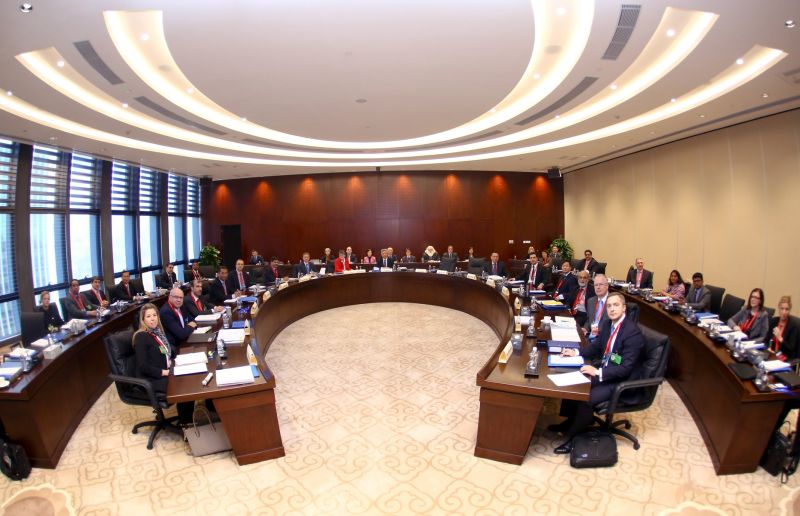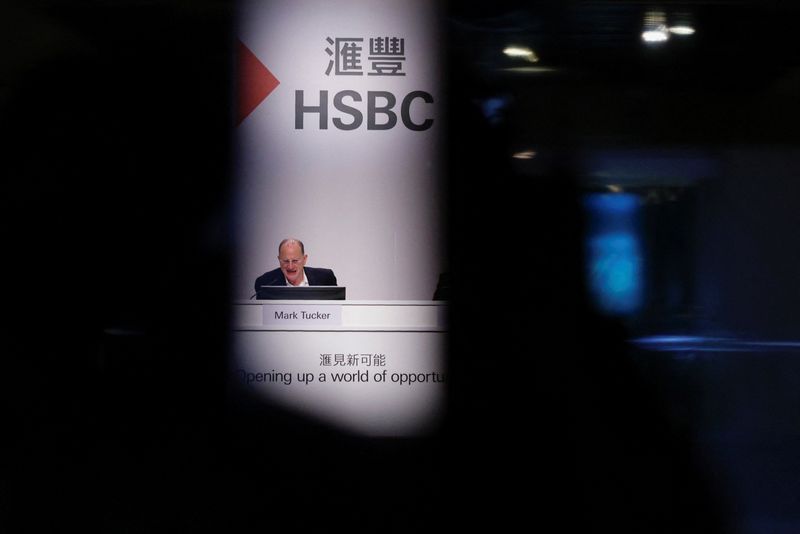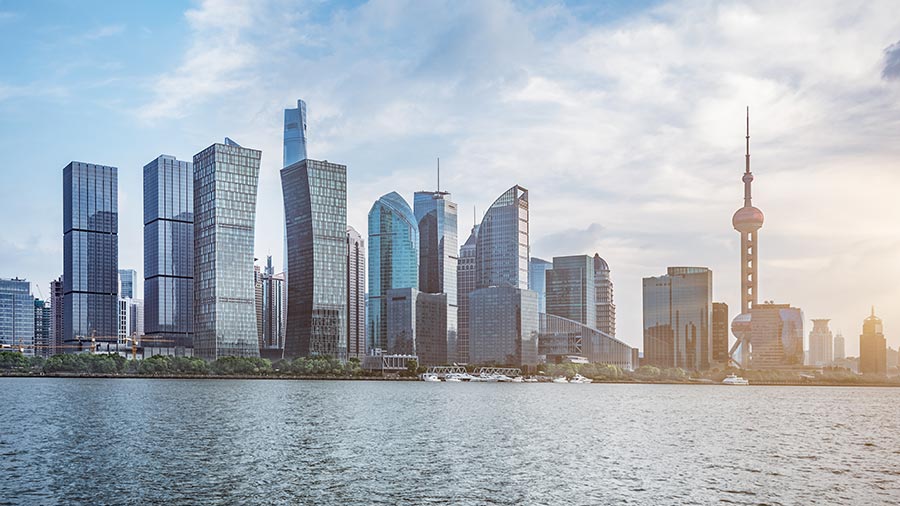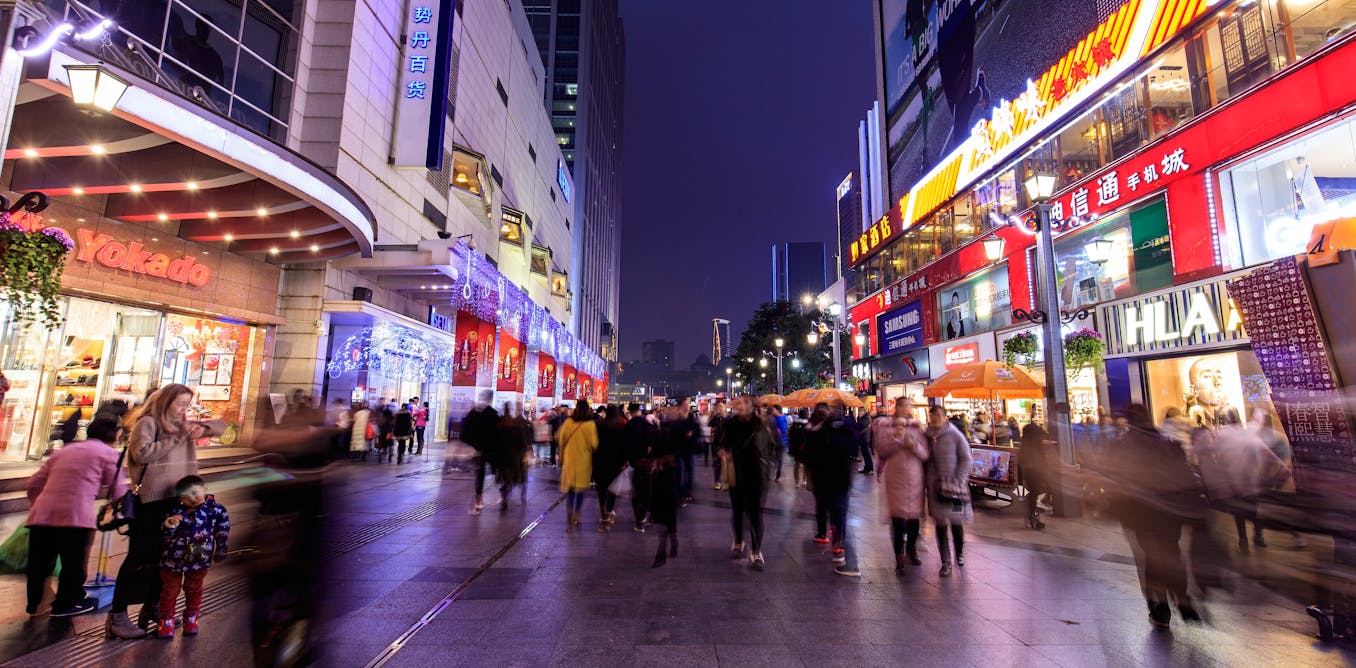China
Asian Infrastructure Investment Bank opens for Business
The inaugural meeting of the Asian Infrastructure Investment Bank’s Board of Directors was convened in Beijing on January 17, 2016. The Board of Directors is made up of 12 Directors, of which 9 Directors represent regional members and the others non-regional members. Mr. Jin Liqun, President of the AIIB, chaired the meeting.

The inaugural meeting of the Asian Infrastructure Investment Bank’s Board of Directors was convened in Beijing on January 17, 2016. The Board of Directors is made up of 12 Directors, of which 9 Directors represent regional members and the others non-regional members. Mr. Jin Liqun, President of the AIIB, chaired the meeting.
The Board approved key policies to enable the start of the Bank’s operations. These include: the 2016 Business Plan and Budget, and the Bank’s policies on compensation and benefits, finance and pricing, operational and corporate procurement, financing operations and the Public Information Interim Policy. The Board also discussed the Bank’s proposed environmental and social policy framework, anticipating final approval by late February, and the process and timetable for admitting new members into the Bank.
The AIIB’s Board of Directors serves on a non-resident basis and is expected to meet quarterly.
The AIIB, which will be located in Beijing, will be a new multilateral financial institution designed to provide financial support for infrastructure development and regional connectivity in Asia. The Bank is expected to foster sustainable economic development, create wealth and improve infrastructure connectivity in Asia by investing in infrastructure and other productive sectors. It will also promote regional cooperation and partnership in addressing development challenges by working in close collaboration with other multilateral and bilateral development institutions.
Its President- designate Jin Liqun has a piece on the historic moment. He tries to answer the need for the Bank:
The recent historic launch of the Asian Infrastructure Investment Bank has been highly anticipated – and rightly so. With the start of operations, the AIIB joined the family of multilateral financial institutions in supporting broad-based economic and social development in Asia. Sound and sustainable infrastructure investment will lead to better development outcomes, improve the lives and livelihoods of Asia’s citizens, and generate positive spillover effects in other parts of the world.
Over the past year, meeting with people from around the world and various walks of life, I have frequently been asked to explain why another multilateral development bank is needed, and how the AIIB will be different from, say, the World Bank or the Asian Development Bank.
The answers are clear. The role and importance of Asia in the international arena have increased, yet the region faces severe infrastructure gaps and thorny bottlenecks. Asia’s infrastructure investment needs have grown exponentially, and the AIIB’s resources, quite simply, will increase the pool of multilateral resources available to help meet them.
There is, moreover, ample space for the AIIB to help its members to modernize roads, rails, and ports; enhance access to electricity; expand telecommunications services; advance urban planning; and provide clean water and sanitation services. We will do it well. We will do it right. And we will do it collaboratively, as a reliable and complementary development partner.
The AIIB’s founding members have a clear management vision: We will set a clear and high bar for organizational performance and governance, by upholding openness, transparency, accountability, and independence as its core institutional principles.
Business
HSBC Chairman to Head Key UK Business Delegation to China

HSBC Chairman Mark Tucker will lead a UK business delegation to China next month to boost trade and investment, amid concerns over national security and improving UK-China relations.
HSBC Chairman Leads UK Delegation to China
HSBC Chairman Mark Tucker will lead a pivotal British business delegation to China next month, marking the first significant visit since 2018. The trip aims to enhance Chinese investment in the UK, guided by Chancellor Rachel Reeves. Tucker, a seasoned financier with extensive Asia experience, is regarded as essential in resetting UK-China relations.
Reviving Economic Dialogue
Tucker will accompany senior bankers in seeking to rejuvenate trade, specifically focusing on financial services. Although there are apprehensions among some UK lawmakers regarding national security threats posed by closer ties to Beijing, the UK Treasury spokesperson confirmed Chancellor Reeves’ upcoming discussions on economic cooperation in Beijing.
A Shift in UK-China Relations
Since suspending most dialogues following China’s imposition of a national security law in Hong Kong, UK-China relations have soured. Nevertheless, the Labour government is prioritizing improved ties with China, emphasizing investment opportunities. Reeves asserts the necessity of a pragmatic approach to benefitting national interests amid ongoing concerns voiced by some lawmakers about security risks.
Source : HSBC Chairman to lead pivotal UK business delegation to China
China
China’s November 2024 Economy: Navigating Mixed Signals and Ongoing Challenges

In November 2024, China’s economy exhibited mixed results: industrial production rose by 5.4%, while retail sales grew only 3%, below forecasts. Fixed asset investment also faltered. Policymakers are anticipated to introduce measures to stimulate domestic demand and combat deflation.
China’s economy showed mixed performance in November 2024, with industrial production and exports showing resilience, while retail sales and fixed asset investment underperformed, amid ongoing challenges in the property sector. Policymakers are expected to implement targeted fiscal and monetary measures to boost domestic demand and address deflationary pressures.
The National Bureau of Statistics (NBS) has released China’s economy data for November 2024, revealing a mixed performance across key indicators. Retail sales grew by 3 percent year-on-year, a significant slowdown from October’s 4.8 percent growth and well below the 4.6 percent forecast. Industrial production, however, showed resilience, rising by 5.4 percent and exceeding expectations of 5.3 percent growth.
The property sector continued to drag on the broader economy, with real estate investment contracting by 10.4 percent for the January-to-November period, further highlighting the challenges in stabilizing the sector. Fixed asset investment also fell short of expectations, growing by 3.3 percent year-to-date, down from 3.4 percent in October.
In November, China’s industrial value added (IVA) grew by 5.4 percent year-on-year (YoY), slightly accelerating from the 5.3 percent recorded in October. This modest improvement reflects continued recovery in key industries, supported by recent stimulus measures aimed at stabilizing the economy.
The manufacturing sector led the growth, expanding by 6.0 percent YoY, while the power, heat, gas, and water production and supply sector grew by 1.6 percent. The mining industry posted a 4.2 percent YoY increase. Notably, advanced industries outpaced overall growth, with equipment manufacturing and high-tech manufacturing rising by 7.6 percent and 7.8 percent YoY, respectively, underscoring the resilience of China’s innovation-driven sectors.
Key product categories showed robust output gains in November:
From January to November, IVA increased by 5.8 percent YoY, maintaining steady growth over the year despite headwinds from a slowing property market and external uncertainties.
| This article was first published by China Briefing , which is produced by Dezan Shira & Associates. The firm assists foreign investors throughout Asia from offices across the world, including in in China, Hong Kong, Vietnam, Singapore, and India . Readers may write to info@dezshira.com for more support. |
Read the rest of the original article.
China
Ukraine war: 10% of Chinese people are willing to boycott Russian goods over invasion – new study

Since Russia’s 2022 invasion of Ukraine, some Chinese citizens express dissent through potential boycotts of Russian goods, reflecting a complex relationship despite government support for Russia.
Since Russia invaded Ukraine in 2022, the Chinese government has been criticised for its refusal to condemn the war. In 2024, the economic and diplomatic relationship between the two nations appears stronger than ever.
Because of strict censorship and repression imposed by the Chinese Communist Party (CCP), it is difficult to know the extent to which the general public shares their government’s support of Putin’s regime. But a newly published study I carried out with colleagues found that more than 10% of Chinese people surveyed were willing to boycott Russian goods over the war in Ukraine.
This is a surprisingly large figure, especially since existing surveys indicate that Chinese people hold a broadly positive view of their neighbour. We used a representative sample of 3,029 Chinese citizens for this research, to dig into public attitudes to Russia. The survey was done in 2022 after the Ukraine invasion.
We were aware that due to widespread censorship, our participants might not be willing to give honest answers to questions about Russia’s actions in Ukraine. They might also not feel safe to do that in a regime where disagreement with the CCP’s position is often met with harsh punishment. This is why we asked them to tell us if they would be willing to boycott Russian products currently sold in China.
We felt this question was a good indicator of how much the participants disapproved of Russian foreign policy in Ukraine. More importantly, we were also curious to find out whether Chinese citizens would be willing to take direct political action to punish Russia economically for its aggressive behaviour.
In our study, we split respondents into the three different ideological groups in China: “liberals”, who support the free market and oppose authoritarianism; “the new left”, who sympathise with the policies pursued in China under Mao Zedong; and “neo-authoritarians”, who believe the Russian-Ukrainian conflict is an extension of the rivalry between authoritarian China and the liberal United States. These groups were based on the main political beliefs in China.
We found that liberals were most likely to say they were willing to boycott Russian products. Liberals believe that China should work with, rather than against, western democracies. They also place a high value on human rights and democratic freedoms. Because of their beliefs, they are likely to think that Russia’s actions against Ukraine were unprovoked, aggressive and disproportional.
Chinese and Russian economic and diplomatic relations seem closer than ever in 2024.
American Photo Archive/Alamy
The new left and neo-authoritarians we surveyed were more supportive of Russian products. The new left see Russia as a close ally and believe that Nato’s expansion in eastern Europe was a form of aggression. Neo-authoritarians, on the other hand, believe that supporting Russia, an allied autocracy, is in China’s best interest.
Boycotting Russian goods
Asking Chinese participants if they are willing to boycott Russian products might seem like a simple matter of consumer preferences. However, our study reveals a great deal about the way in which regular citizens can express controversial political beliefs in a repressive authoritarian regime.
Boycotting products of certain companies has long been studied in the west as a form of unconventional political action that helps people express their beliefs. However, in the west, boycotting certain products is simply one of many ways people are able to take political action. In a country such as China, boycotting a Russian product might often be the only safe way to express disagreement with the country’s actions.
This is because citizens do not have to tell others they chose not to buy a product, and their actions are unlikely to attract the attention of the authorities.
Since Russian goods are readily available to Chinese consumers and China is encouraging more Russian exports to reach its market, the Russian economy could be significantly affected by an organised boycott campaign in China. The considerable level of support for a boycott expressed by some of our participants, as well as previous acts of solidarity with Ukraine in China, suggest that such a campaign could already be taking place in the country.
This could harm Russia because it regularly exports a number of different products such as meat, chocolate, tea and wine to China. These goods made up 5.1% of China’s total imports in 2023 – and this figure is likely to increase if Russia becomes more isolated from the west, and therefore more dependent on China for its trade.
While 5.1% of the Chinese market might seem like a low figure, China is home to over 1.4 billion people. In this context, even a small boycott could result in a serious loss to Russian companies.
Our research shows that Chinese citizens don’t always support the official position of the communist party. It also shows that many people there will express even the most unpopular political opinions – if they can find a safe way to do it.
This article is republished from The Conversation under a Creative Commons license. Read the original article.












